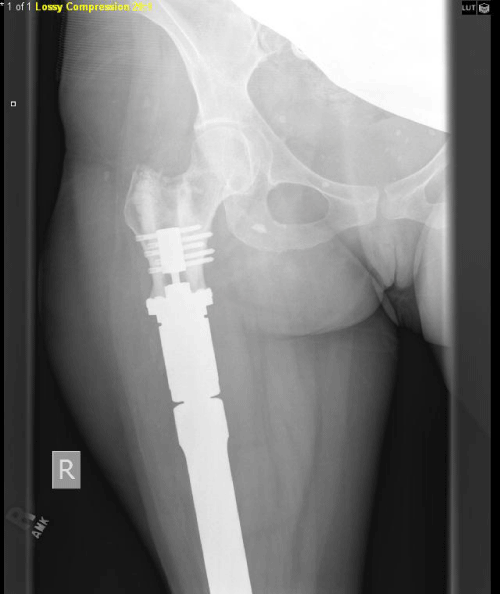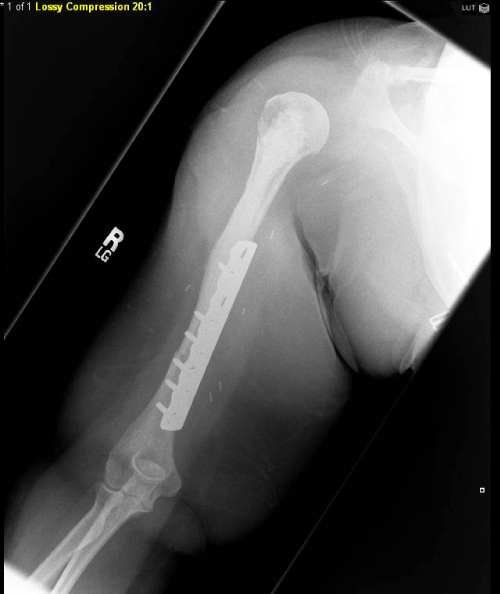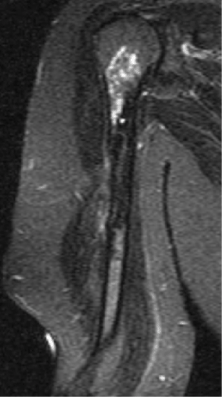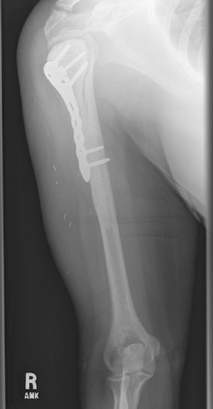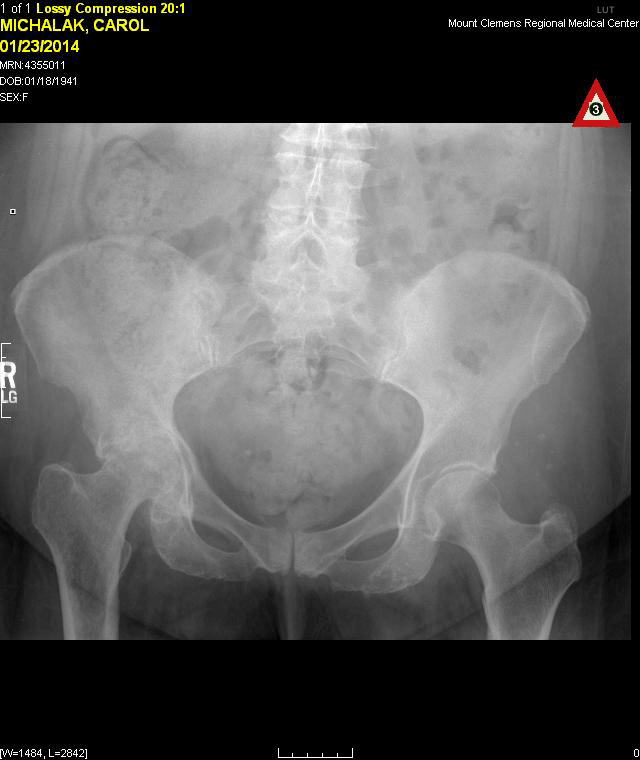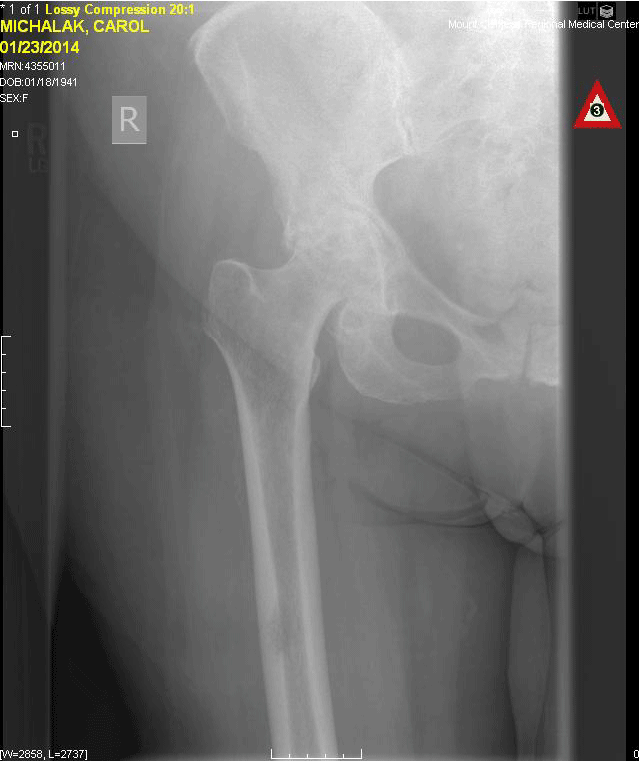
Review Article
Austin J Med Oncol. 2014;1(1): 4.
The Aftercare after Cure: The Functional Impact of Cancer Treatment and Need for Creative Solutions to Complex Problems
Walczak BE*
Deparment of Musculoskeletal Oncology, McLaren Cancer Institute, USA
*Corresponding author: Brian E Walczak, Department of Musculoskeletal Oncology, McLaren Cancer Institute, 1080 Harrington Avenue, Mt Clemens, MI 48043, USA
Received: June 23, 2014; Accepted: July 25, 2014; Published: July 28, 2014
Introduction
The American Cancer Society estimates that the overall five-year survival rate for all cancers diagnosed between 2003 and 2009 is 68% [1]. This is a significant improvement from a relative survival rate of 49% for cancers diagnosed between the years 1975-1977 [1]. Moreover, it is estimated that 1 out of 530 adults are now survivors of a childhood cancer [1]. Although surviving cancer is truly a success, some patients will feel the effects of treatment for the rest of their lives. This impact requires surgeons who will diligently strive to improve surgical techniques, develop novel uses of radiation and chemotherapy, and are willing to push the limits of complex orthopaedic reconstructions, all in an effort to provide the patient with the possibility of obtaining the highest level of function.
The Functional Impact of Cancer Treatments
The use of chemotherapy in the treatment of bone sarcomas evolved in the 1970s and 1980s. The use of cytotoxic medications was arguably the most important variable that resulted in a dramatic rise in the 5-year survival rate of osteosarcoma [2-4]. Recently, Bernthal et al. demonstrated that this effect continues even greater than 25 years later [5]. However, improved survival comes at a cost of late effects of limb salvage reconstructions. Certainly, the increased risk of secondary cancer after adjuvant treatments is well known [6]. However, the functional effects following treatment are much more difficult to define. Empirical evidence is validating that the late effects of orthopaedic reconstructive efforts following tumor resection are becoming increasingly prevalent. The difficulties that surgeons face with late reconstructive failures are unique and quite different from those seen during the initial treatment. Some of the challenges that surgeons face in this setting include substantial bone loss, soft tissue failure, and fracture all in the setting of the post-treatment effects of altered anatomy often due to previous tumor resection, significant cicatrix, and delayed wound healing especially if radiation was used.
The effects of significant bone loss after tumor resection and reconstructions are challenging problems. Patients may have to undergo several revision surgeries during their lives to continue to perform their daily functions. However, the impact of previous limb salvage efforts may lead to further bone loss that often necessitates novel uses of the current prosthetic designs (Figure 1).
Figure 1a: Preoperative long leg computed tomograph (CT) image illustrating failure of a distal femoral replacement after resection of osteosarcoma. Note the limited amount of remaining bone proximally.
Figure 1b: Postoperative proximal femur radiograph illustrating revision of the distal femoral replacement using a novel compressive integration prosthesis allowing salvage of the hip and abductor tendons.
Figure 1c: Postoperative lateral femur radiograph.
Soft tissue failure is a common occurrence that significantly limits patient’s function. The use of allografts has been used in attempts to reconstruct bones and joints, but this too has been met with significant instability and functional loss after tumor resection. These problems have limited options and mandate a salvage procedure for a chance at improved function (Figure 2) [7,8].
Figure 2a: Preoperative humerus radiograph after failure of osteoarticular allograft used after osteosarcoma resection. Note the cystic degeneration of the head of the allograft and cement filling the canal. Options for reconstruction are limited due to the dissolution of the allograft and lack of soft tissue constraint.
Figure 2b: Postoperative radiograph following shoulder reconstruction and fusion using a vascularized free fibular autograft for the contralateral leg.
Postoperative fracture is another potential complication of the treatment of primary cancer. The involvement of sub-articular regions and tendon insertion sites are difficult locations to have a tumor. Safe and adequate removal of cancer may weaken remaining bone and lead to fracture. The use of adjuvant surgical devices that assist in tumor control and help give structural integrity to the remaining bone, such as bone cement, can further the difficulty of future reconstruction (Figure 3).
Figure 3a: Magnetic resonance image (MRI) demonstrating recurrent chondrosarcoma of the proximal humerus.
Figure 3b: Radiograph of the humerus following repeat excision of recurrent chondrosarcoma with subsequent tuberosity fracture.
Figure 3c: Intraoperative photograph demonstrating the use of a custom alloprosthetic reverse total shoulder in attempts to preserve shoulder elevation.
Figure 3d: Postoperative radiograph of a reverse total shoulder alloprosthetic composite reconstruction following resection of recurrent chondrosarcoma.
The functional impact of cancer and its treatments goes beyond the surgical treatment of primary tumors. Metastatic disease often results in an even more challenging scenario. As medical therapies advance, the patient’s longevity improves, often living in a symbiotic relationship with cancer, offering hope for better outcomes. This places a higher demand on surgeons to maintain function. The effects of previous radiation and chemotherapy may contribute to complications such as joint collapse, necrosis, fracture, and pain which may limit the patient’s ability to maintain an active lifestyle. Previous surgical techniques have often led to unpredictable results or operations that have limited postoperative function [9]. Metastatic disease of the hip and pelvis has been one such example of a challenging problem to successfully treat. The use of cemented prostheses alone has high rates of loosening and failure [10]. New porous metal implants are currently being investigated and have very promising short-term results. These newer implants offer an alternative solution by conserving bone and mechanical properties that mimic the biomechanics of normal bone. This reliably results in bone incorporation, obviating the complications of loosening seen with previous joint reconstructions (Figure 4) [9,11].
Figure 4a: Preoperative pelvis radiograph illustrating destruction of the right hip socket with metastatic carcinoma. Patient was wheelchair bound unable to ambulate with significant pain and shortening of her right leg.
Figure 4b: Preoperative right hip radiograph demonstrating involvement of the femoral shaft with metastatic carcinoma.
Figure 4c: Postoperative pelvic radiograph demonstrating the use of porous metal components and fixation.
Figure 4d: Postoperative radiograph illustrating the use of a long cemented total hip prosthesis that allowed treatment of both the significant pelvic burden and involvement of the femoral shaft. The patient can immediately ambulate without pain.
Conclusion
Currently, there seems to be an increasing awareness of delivering not only safe and effective cancer treatments, but also higher functional expectations. Newer medications that target cancer cells specifically, keeping the collateral damage to a minimum, are currently being investigated and certainly hold promise. However, the late effects of previous treatment will likely always have novel challenges that will necessity innovative solutions. Although previous tumor excisions have no doubt lead to improved survival, the effects of the reconstructions continue to have a finite lifespan. These are unique and challenging problems complicated by factors such as abnormal anatomy, significant scar tissue, and significant bone loss. These factors can make revision surgery extremely demanding. In the 1970s the overall survival rate for nonmetastatic osteosarcoma was less than 20% even with amputative extirpation. The use of multiagent chemotherapy improved this number to approximately 70% by the 1980s [2]. Technological advances in prosthetics gained wide acceptance during this time giving surgeons greater flexibility in performing limb saving surgeries offering patients the possibility of avoiding amputation. However, the initial enthusiasm for limb salvage has now yielded to a new era of complex and challenging problems for both patients and providers, as the late effects of these reconstructions are being unveiled. As with any tumor reconstruction, the higher functional goals and greater patient expectations demand surgeons to make creative solutions to unique and complex problems. As scientists, researchers, and clinicians search for a “magic bullet„ that can eradicate cancer, patients will continue to demand the highest level of function. There is a need for surgical oncologists to offer patients the opportunity to achieve their functional goals. Moreover, surgeons will likely continue to be faced with developing creative solutions to these complex problems.
References
- American Cancer Society. Cancer Facts & Figures 2014. Atlanta: American Cancer Society; 2014.
- Walczak B, Irwin R. Sarcoma chemotherapy. J Am Acad Orthop Surg. 2013; 21: 480-491.
- Eilber F, Giuliano A, Eckardt J, Patterson K, Moseley S, et al. Adjuvant chemotherapy for osteosarcoma: A randomized prospective trial. J Clin Oncol. 1987; 5: 21-26.
- Link MP, Goorin AM, Miser AW, Green AA, Pratt CB, et al. The effect of adjuvant chemotherapy on relapse-free survival in patients with osteosarcoma of the extremity. N Engl J Med. 1986; 314: 1600-1606.
- Bernthal NM, Federman N, Eilber FR, Nelson SD, Eckardt JJ, et al. Long-term (>25 years) of a randomized, prospective clinical trial evaluating chemotherapy in pateints with high-grade, operable osteosarcoma. Cancer. 2012; 118: 5888-5893.
- Fuchs B, Valenzuela RG, Inwards C, Sim FH, Rock MG. Complictions in long-term survivors of Ewing sarcoma. Cancer. 2003; 98: 2687-2692.
- O’Connor MI, Sim FH, Chao EYS. Limb salvage for neoplasms of the shoulder girdle. Intermediate reconstructive and functional results. J Bone Joint Surg Am. 1996; 78: 1872-1888.
- Fuchs B, O’Connor MI, Padgett DJ, Kaufman KR, Sim FH. Arthrodesis of the shoulder after tumor resection. Clin Orthop Relat Res. 2005; 436: 202-207.
- Rose PR, Halasy M, Trousdale RT, Hanssen AD, Sim FH, et al. Preliminary results of tantalum acetabular components for THA after pelvic radiation. Clin Orthop Relat Res. 2006; 453: 195-198.
- Fazel KA, Rose PR, Yanagisawa M, Lewallen DG, Sim FH. Surgical technique: Porous tantalum reconstruction for destructive nonprimary periacetabular tumors. Clin Orthop Relat Res. 2012; 470: 594-601.
- Joglekar SB, Rose PR, Lewallen DG, Sim FH. Tantalum acetabular cups provide secure fixation in THA after pelvic irradiation at minimum 5-year followup. Clin Orthop Relat Res. 2012; 470: 3041-3047.

